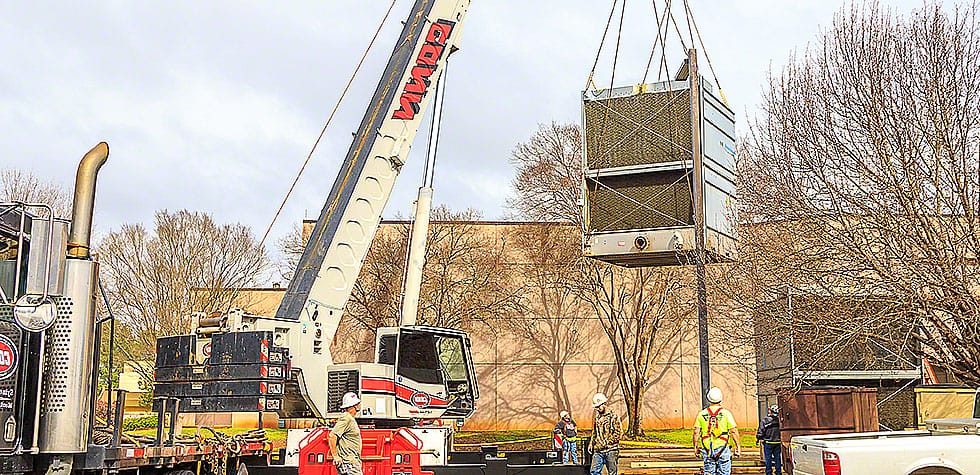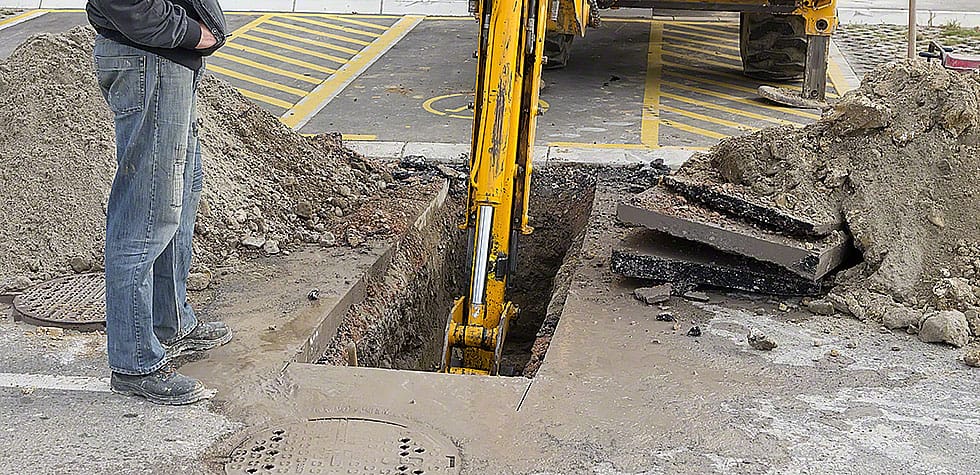
Cranes have been around for centuries. Invented by the Greeks to lift heavy materials, these machines have become so popular that almost every industry employs them such as transportation and construction. However, you might have wondered how are the cranes transported to construction sites or how heavy machinery moving is done? Read on to find out how the transportation process takes place.
Truck-Mounted Cranes
Truck-mounted cranes are exactly what the term suggests. These are basically cranes that are mounted on trucks and carried to different job sites. Truck-mounted cranes are amongst the most popular types out there. It is operated by a driver/operator who can easily drive the truck from one location to another.
Apart from a carrier truck, truck-mounted cranes feature a control cab and boom arm. While the cranes are performing at a job site, they use outriggers to keep them stable and secure. In addition to construction, these cranes are also used for maintenance and short-term projects.
All-Terrain Cranes
Then again, All-terrain cranes are designed for exactly what their name suggests. These cranes are loaded with several different features that allow them to operate on both rough terrains and paved roads. When compared to other types of cranes, all-terrain cranes come with additional wheels to help them with stability and easy movements. This ensures that the crane does not overturn while it is handling heavy equipment in rugged terrains.
As a result, these cranes can carry out several different types of tasks at the same time, unlike truck-mounted cranes. However, all-terrain cranes are transported using extended, RGN, and drop deck trailers, depending on their size.
Telescopic Cranes
Telescopic cranes are fitted with a large boom containing several hydraulic cylinders. Resembling a telescope, the hydraulic cylinders inside the crane allow the expansion and contraction of the boom depending on the length required as well as the task.
Telescopic cranes are usually mounted on vehicles that make it easy for transportation. That said, these cranes could be used for simple construction jobs or even rescue operations.
Crawler Cranes
Crawler cranes unlike the other types use crawlers instead of wheels. These machines are designed to lift and shift extremely heavy loads. Moreover, crawler cranes are also fitted with rubber tracks that allow grip while it’s loaded. However, the downside to this is that crawler cranes find it difficult to move around and turn as soft soil is not able to withstand its weight. So, the crane might simply sink in.
Additionally, crawler cranes also come with telescopic booms and are shipped in multiple ways including RoRo services. Plus, depending on the situation, a crawler crane might also need to be disassembled for transportation or shipping.
Tower Cranes
Tower cranes are specifically designed to work on extremely high buildings and sites. They have an unsupported maximum height of more than 80 meters. These machines are able to lift a weight of up to 20 tons, making it possible to transport almost all types of construction materials.
However, a key difference between tower cranes and other types is that tower cranes are built close to the under-construction building to ensure smooth loading and unloading. Therefore, when it is time to transport, these cranes need to be assembled and disassembled.
What Does The Law Say About Transporting Cranes?
Depending on the state, there may or may not be stringent regulations pertaining to transporting cranes. However, the majority of countries around the world have local bodies that govern the maintenance, safety, and transportation of cranes.
This means that if you are living in a region that has strict regulations pertaining to cranes, you will need to abide by them. Cranes can only be transported or driven by licensed individuals. You simply cannot hand them to everyone out there.
Plus, considering the area where the crane needs to be transported, you may also need a special permit to ensure the safety and security of the vehicles on the road. This is usually the case when a crane needs to be transported via narrow streets and roads.
Final Word
In the end, cranes are transported in several different ways. While basic and regular cranes like truck-mounted cranes can be driven, extremely heavy cranes need to be assembled and disassembled. At the same time, this is only possible if the rigging services MD you hire guarantee they are familiar with and follow the relevant laws and codes.


